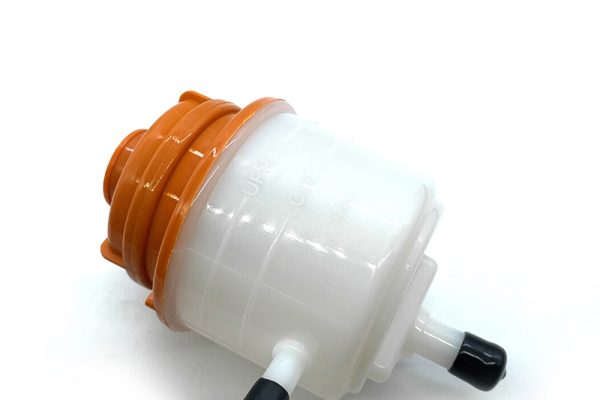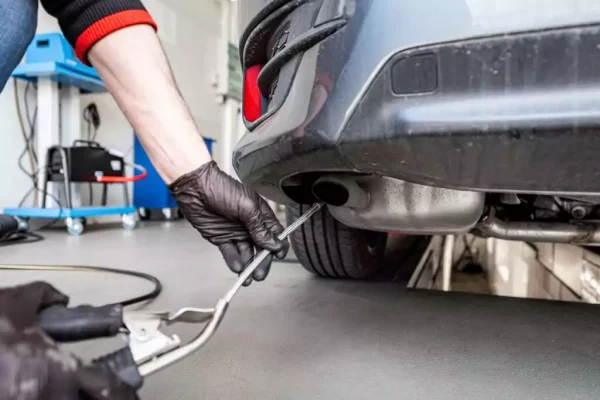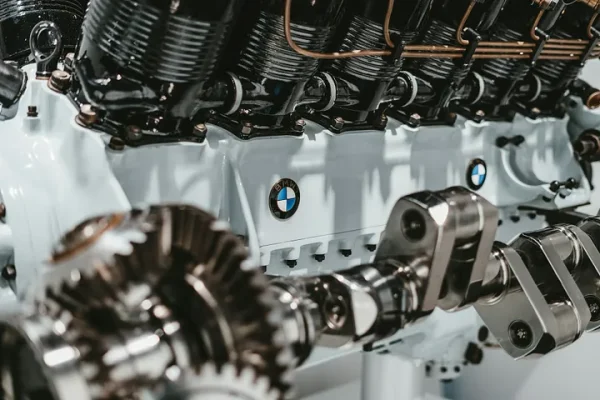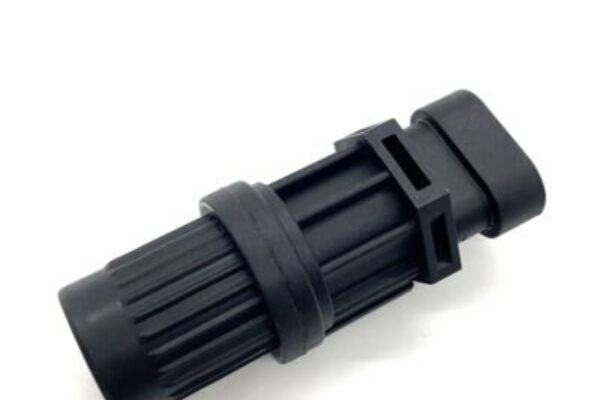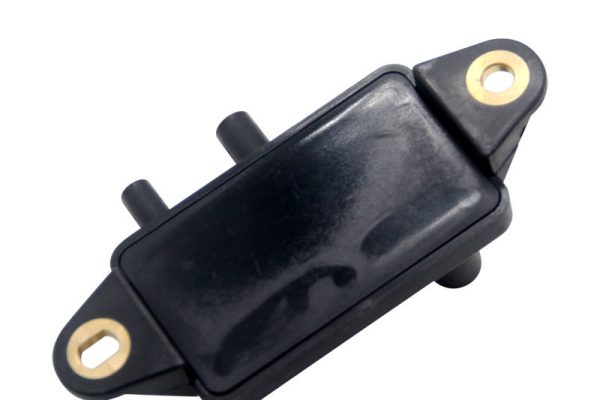You might see your car has slow acceleration, turbo lag, or weak boost pressure. These problems often mean there is something wrong with the turbo boost solenoid. Finding the problem early helps keep your turbocharger safe from more harm. Look for any changes in how your car runs or warning lights on your dashboard.
Turbo Boost Solenoid Symptoms
If your car acts different, the turbo boost solenoid might be bad. The turbocharger solenoid valve helps control how much boost pressure the turbocharger gives. If it stops working, you can see many problems that hurt your engine’s power and how well it runs. Here are the most common signs of a bad turbo or a failing turbo boost solenoid.
Loss of Power
A big sign is when your car loses power. If the turbocharger solenoid valve does not work right, it cannot control boost pressure. This means less air goes into the engine, so the engine gets weaker. Your car may have trouble speeding up, like when you get on the highway or pass someone. This problem can start slowly, so you might not notice until your car feels much slower. For example, a turbo boost solenoid for Peugeot is designed to deliver consistent boost pressure and quick response for smooth acceleration in both city and highway driving.
Tip: If your car feels slow or does not respond well, pay attention. Finding a bad turbo early can stop bigger turbocharger problems later.
Turbo Lag
Turbo lag is when you press the gas but the turbocharger takes time to give more power. A broken turbocharger solenoid valve can make this lag worse. The solenoid helps the turbocharger give boost faster. If it sticks or fails, the turbocharger cannot react fast when you press the gas. This makes a clear delay before the engine gets stronger.
Turbo lag can make driving less fun. It can also be unsafe if you need to speed up quickly. For work trucks or fleets, more turbo lag can slow down jobs and cost more money.
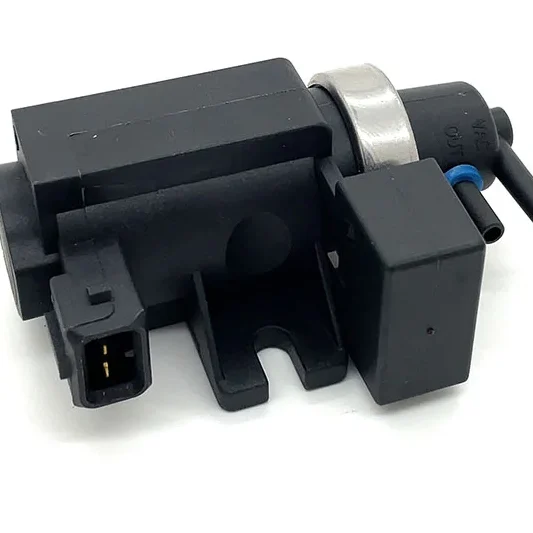
Low Boost Pressure
Low turbo boost is another sign of a bad turbo boost solenoid. The solenoid controls how much air goes to the turbocharger. If it breaks, it might block air or not open and close at the right times. This causes low turbo boost and hurts engine power.
Your car may not go as fast as normal or may have trouble going up hills. Sometimes, the engine goes into “limp mode” to protect itself. Low turbo boost can also make your car use more gas because the engine works harder.
| Symptom | Possible Cause | Impact on Vehicle |
| Low turbo boost | Faulty turbocharger solenoid valve | Reduced acceleration, higher fuel use |
| Turbo lag | Sticking solenoid | Delayed power delivery |
| Loss of power | Solenoid failure | Poor engine response |
Boost-Related Error Codes
Modern cars have computers that watch the turbocharger and other parts. If something is wrong, the computer saves boost-related error codes. These codes often show problems with the turbocharger solenoid valve or sensors.
If you have an OBD-II scanner, you can check these codes to learn what is wrong. Common codes for the turbo boost solenoid show low boost, too much boost, or solenoid circuit problems. Fixing these codes fast can stop bigger turbo problems. Note: Boost-related error codes do not always mean only the turbo boost solenoid is bad. Other things, like vacuum lines or sensors, can cause the same codes.
Check Engine Light
The check engine light tells you something is wrong with your car’s engine or emissions. If the turbocharger solenoid valve fails, the engine control unit may see strange boost levels or solenoid problems. This turns on the check engine light.
If you see the check engine light and also have low turbo boost or turbo lag, check your car right away. Ignoring the light can cause more damage, like a broken turbo or expensive turbocharger repairs.
Overlapping Symptoms and the Importance of Diagnosis
Many symptoms like loss of power, turbo lag, and low turbo boost can come from other problems, not just a bad turbo boost solenoid. Issues with the turbocharger, vacuum leaks, dirty air filters, or broken sensors can look the same. So, do not guess the problem just from the symptoms.
You need to check carefully, look at the parts, and use tools to find the real cause. This helps you fix the right thing and keeps your turbocharger and engine safe. Alert: If you ignore these symptoms or guess wrong, you can get worse turbocharger problems, spend more on repairs, and have your car out of service longer.
Knowing these symptoms helps you take care of your turbocharger system. Fixing problems early stops more damage and keeps your car or business running well.
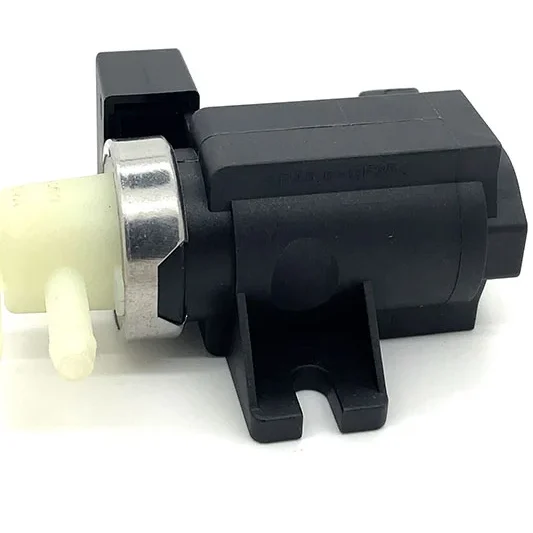
Diagnosing Turbocharger Solenoid Valve Issues
If you see low turbo boost or turbo lag, check the turbocharger solenoid valve. For examole, a turbo boost solenoid for Audi works with advanced ECU tuning to maintain stable boost levels and ensure responsive power delivery across different driving conditions. Finding these problems early can stop turbocharger failure. It also helps your work vehicles stay on the road.
Visual Inspection
First, look closely at the turbocharger solenoid valve and its wires. See if any wires are broken or plugs are loose. Check for damage or leaks in the hoses. If you spot oil or dirt, clean it off. Sometimes, a bad turbo shows rust or wear on the solenoid.
OBD-II Scanner
Use an OBD-II scanner to get error codes from the car’s computer. Codes about low turbo boost or solenoid faults can mean the turbo boost solenoid is bad. Write down the codes you find. This helps you figure out what is wrong with the turbocharger.
Manual Testing
You can test the turbocharger solenoid valve by giving it power. Listen for a click or see if it moves. Some solenoids let you check resistance with a multimeter. If it does not work, the turbo or solenoid may be bad. Always use safe steps and the right tools.
Professional Help
If you cannot find the problem or it keeps happening, call a professional. A trained technician can do more tests and find hidden problems. If you ignore a bad solenoid, the turbo can break or fail completely. Note: DIY checks can only do so much. If you are not sure, ask an expert to help protect your turbocharger and save money.
Conclusion
You can tell if your turbo is bad by looking for power loss, turbo lag, or low boost. Check the turbocharger solenoid valve and use an OBD-II scanner. Test the solenoid to see if it works. Act fast to keep your turbocharger safe. If problems do not stop, ask a technician for help. Always watch for warning lights and changes in how your car drives. Acting quickly can help you avoid expensive turbocharger repairs.



